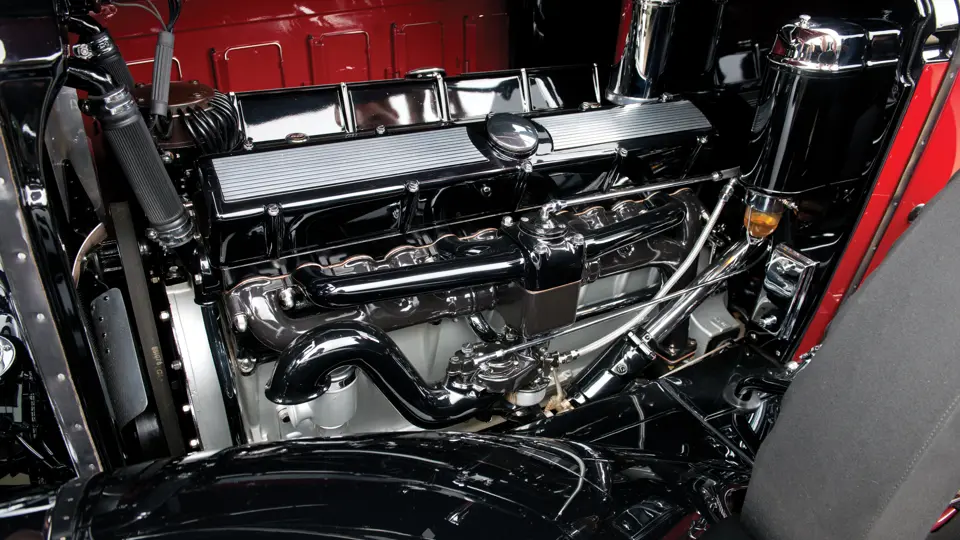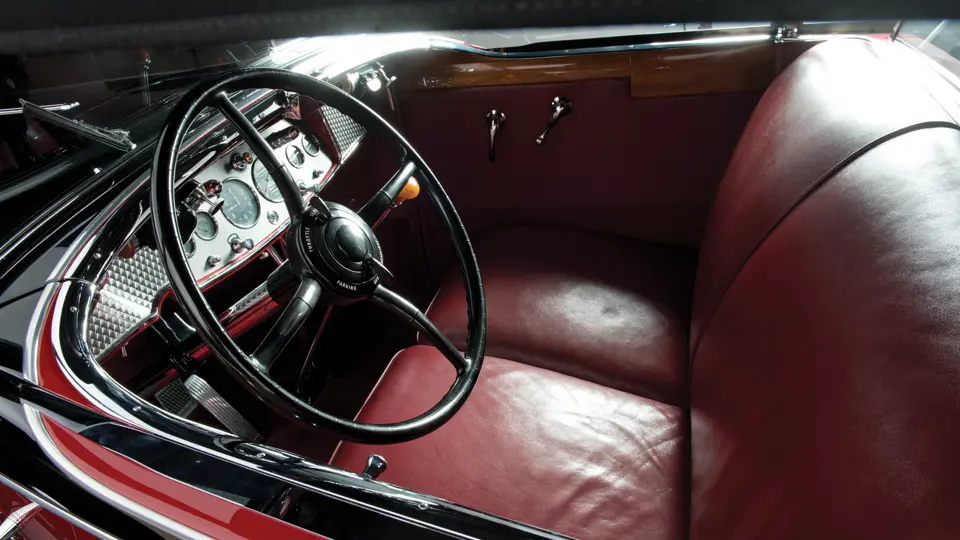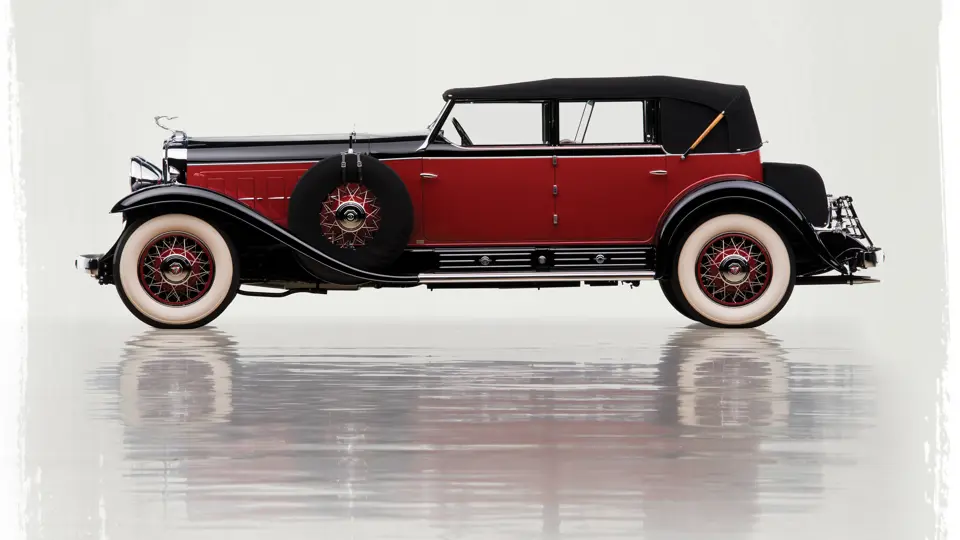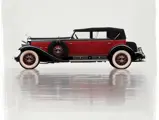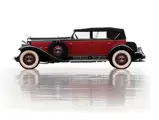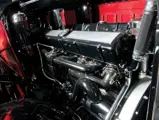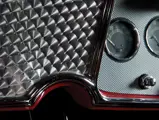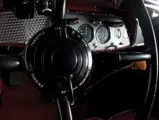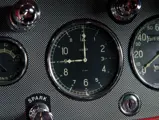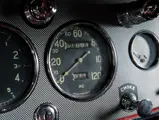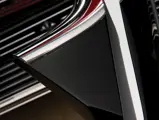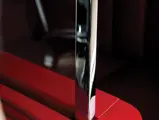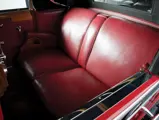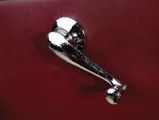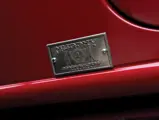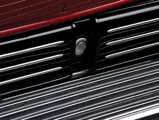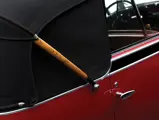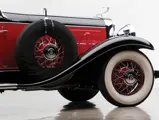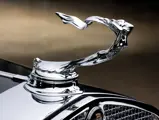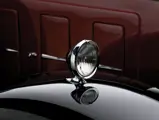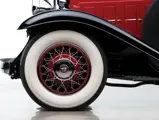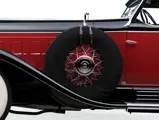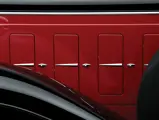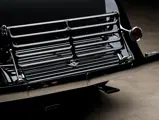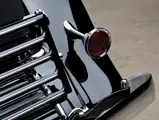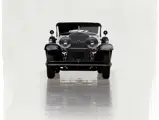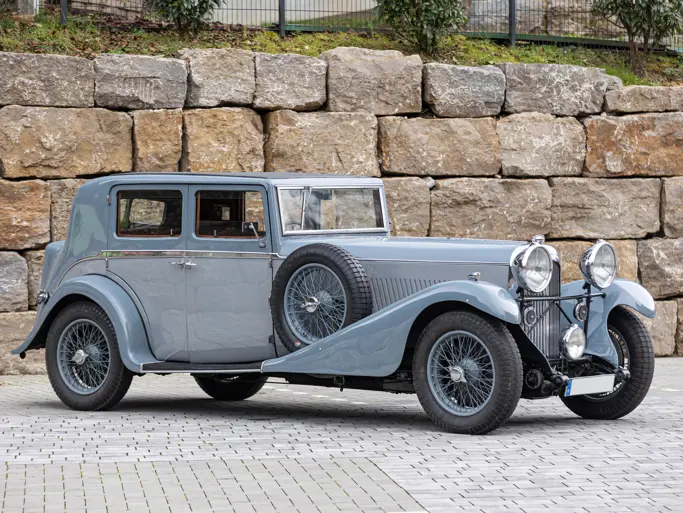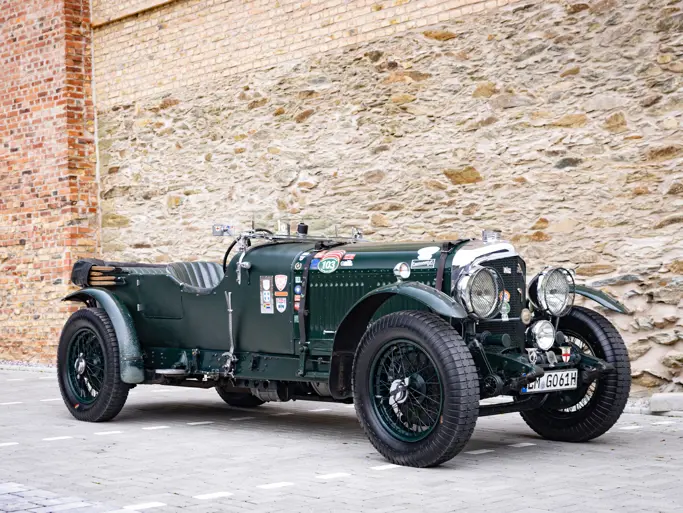
1930 Cadillac V-16 Convertible Sedan by Murphy
{{lr.item.text}}
$1,925,000 USD | Sold
{{bidding.lot.reserveStatusFormatted}}
- Exceptional, one-off, custom California coachwork
- Built for General Motors VIP and horseracing legend Charles Howard
- A long-term part of some of the world’s greatest collections
- Numerous Best in Class victories, including at Pebble Beach
- One of the most important Cadillac V-16s
185 bhp, 452 cu. in. OHV V-16 engine, three-speed manual transmission, front and rear semi-elliptical leaf springs with hydraulic dampers, and four-wheel vacuum-assisted mechanical brakes. Wheelbase: 148 in.
When the San Francisco earthquake hit in 1906, one of the few early automobile dealerships in the city that survived was Charles Howard’s Buick agency. This fortune allowed him to provide cars to first responders and then sold them in the aftermath. That brush of awkward luck led to a success that started in the 1920s and 1930s and never stopped rolling for Mr. Howard. He became the most successful Buick dealer on the West Coast, a General Motors VIP, and, in his spare time, a successful breeder of horses, among them no less was legendary thoroughbred Seabiscuit.
Members of the Howard family became enthusiastic customers of Pasadena coachbuilder Walter M. Murphy, commissioning such cars from the coachbuilder as the only Bugatti built with American coachwork, a Type 37 which is now owned by Jay Leno, and a Buick modeled after Murphy’s L-29 Cord town cars. Charles himself, the patriarch, ordered up this V-16 Cadillac with Murphy coachwork, forming an entirely appropriate automobile for a man so well-connected to both General Motors and West Coast society.
Car number 700991 was originally delivered as a two-passenger roadster through the Don Lee dealership in San Francisco. Conjecture is that a bare V-16 chassis had been unavailable for Howard’s order, so with money not being an object, he ordered the least expensive factory style, and upon its arrival in California, he had Murphy throw out the factory body and install their own.
Murphy’s Convertible Sedan was styled by Franklin Q. Hershey and is in many ways similar to the shop’s Duesenberg designs of the era, as it included aluminum-edged wide beltline molding, center-hinged doors, forged aluminum “Clear-Vision” window pillars, and similar lines to the hood.
Special features found on the car included particularly exotic inlaid interior woodwork and a second windshield for rear-seat passengers that could be cranked out of sight. Both the front and rear windshields were raked at 22 degrees, giving the car the sporting appearance of a dual-cowl phaeton when the top was lowered. With the top up, ventilation was provided by removable rear quarter windows. Originally, the car was finished in the rather spectacular color combination of a white body with lilac fenders, and it was equipped with a mother of pearl gearshift knob, which has long since been removed.
The completed Cadillac was enjoyed by the Howards for some years. When exactly the family parted with it is not known, although it is likely that it was in the late 1930s or early 1940s, when many large automobiles were abandoned in the onslaught of the Great Depression. By 1961, it had made its way into the ownership of Bob Gillespie, an early enthusiast in California, who then sold it that year through Fazackerly Cadillac, of San Francisco, to Norman Taunton, of Galt, California. Mr. Taunton was amazed at the car’s well-preserved, largely original condition but had soon set about restoring it to its original condition, with the assistance of former Murphy employee I.E. Burnside.
The Cadillac was sold in 1968 to the Brucker family of Santa Barbara, whose members were well-known collectors and operators of the famous Movieworld museum. In 1985, it eventually passed into the ownership of renowned enthusiast John Mozart, and then briefly through the hands of Jim King, of Beverly, Massachusetts, before its acquisition by noted collector John McMullen, of Lapeer, Michigan.
Mr. McMullen maintained the car in his famous stable until 2007, and during this time, he had its 1980s restoration freshened to its present appearance, with a repaint in maroon and gloss black and extensive cosmetic and mechanical improvements being made. At some point, the original removable rear quarter windows had been replaced by “peekaboo slits” in the convertible top, à la Hibbard & Darrin, which is a feature that the car retains today.
The McMullen Collection displayed the Cadillac at the 1997 Pebble Beach Concours d’Elegance, where it was awarded First in Class. After acquiring the car from Mr. McMullen, the Andrews’ returned it to Pebble Beach in 2008, where it was again a show favorite. It has remained well-preserved in their collection, although the restoration can now be described as older, with light wear showing around the panel gaps and on the driver’s-seat upholstery. As with most all of the Andrews’s cars, it has been well-maintained by their in-house mechanics, and it is still in very good mechanical condition, enabling a new owner to enjoy its potential on CCCA CARavans.
As this V-16 Cadillac combines a superb history of ownership by noted enthusiasts with some of the best lines of any 1930s automobile, it may well be the most important example extant. It is a one-of-a-kind machine that had been built by California’s finest coachbuilder for a General Motors VIP, one who regarded it as beloved a thoroughbred as his famous Seabiscuit.




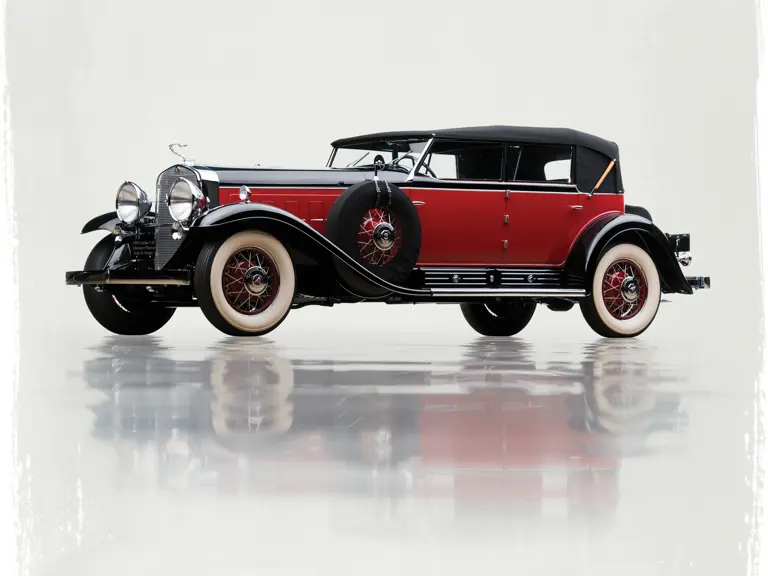
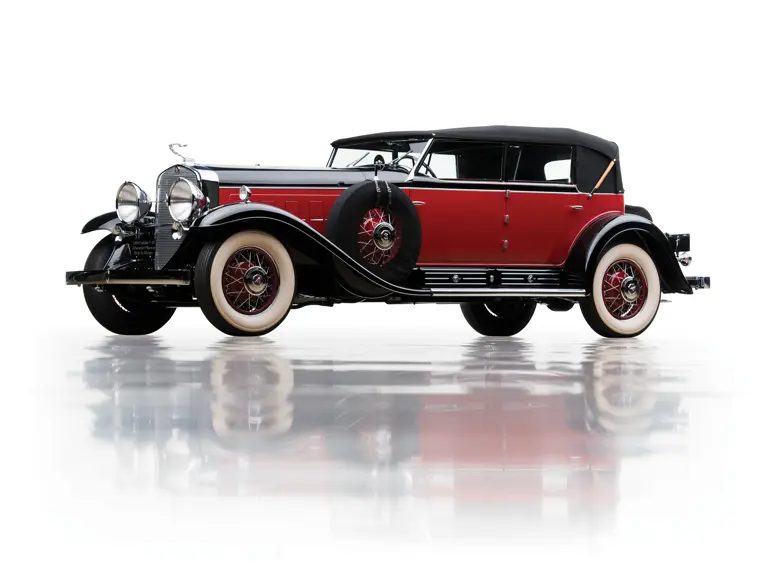
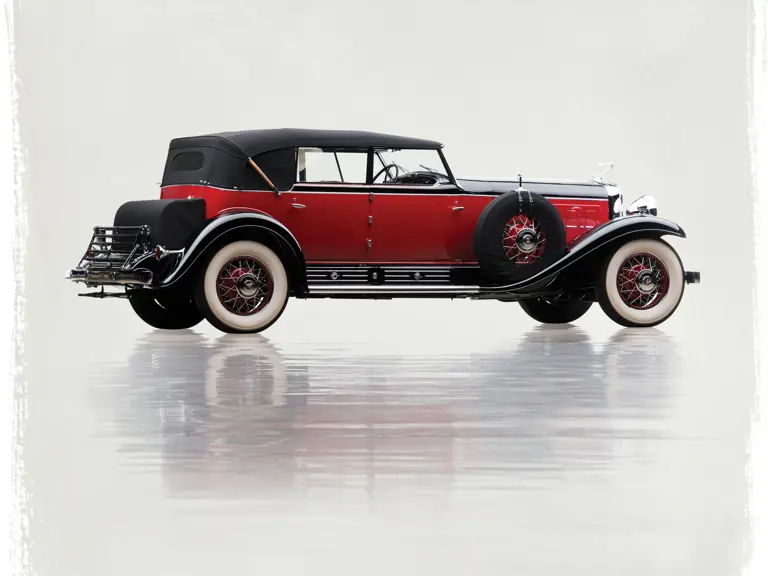
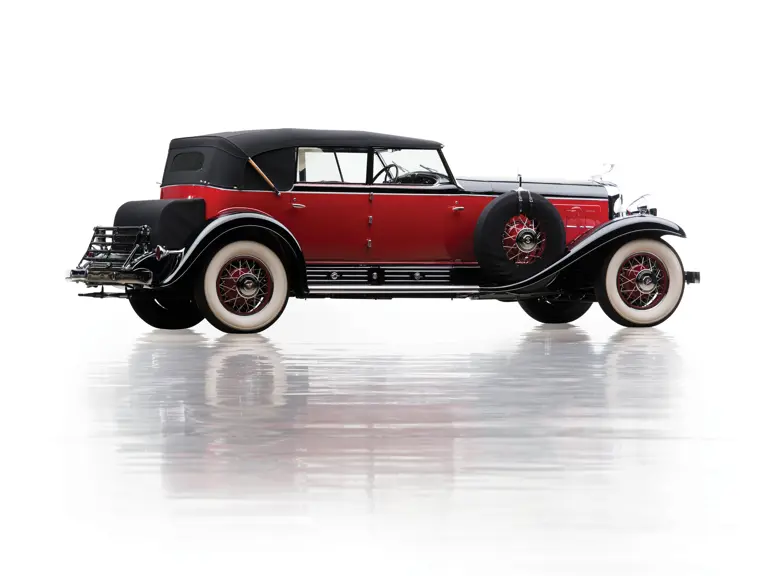
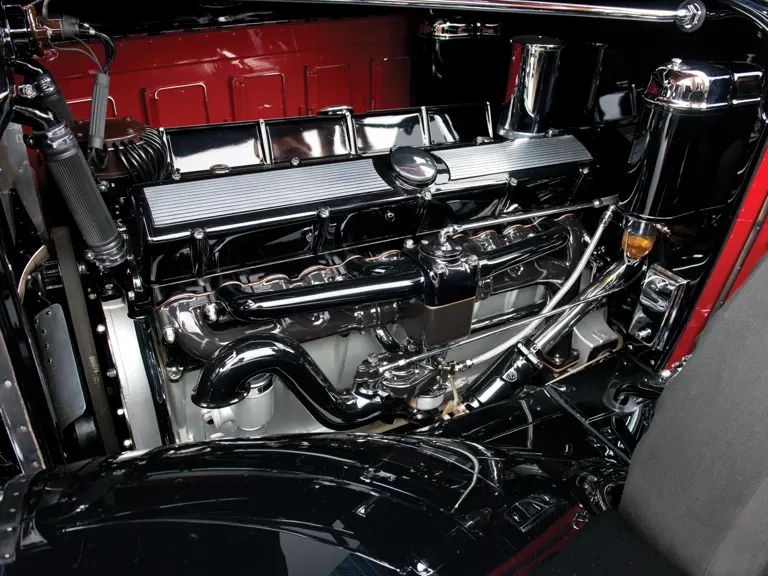
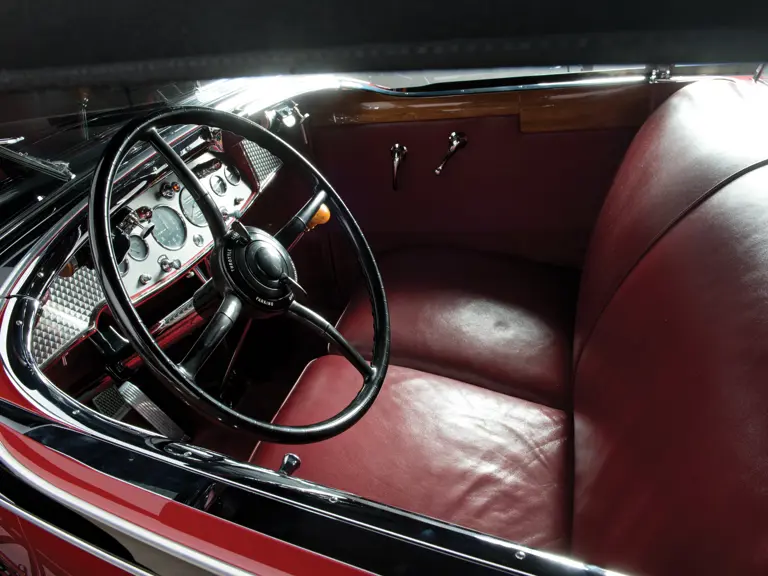

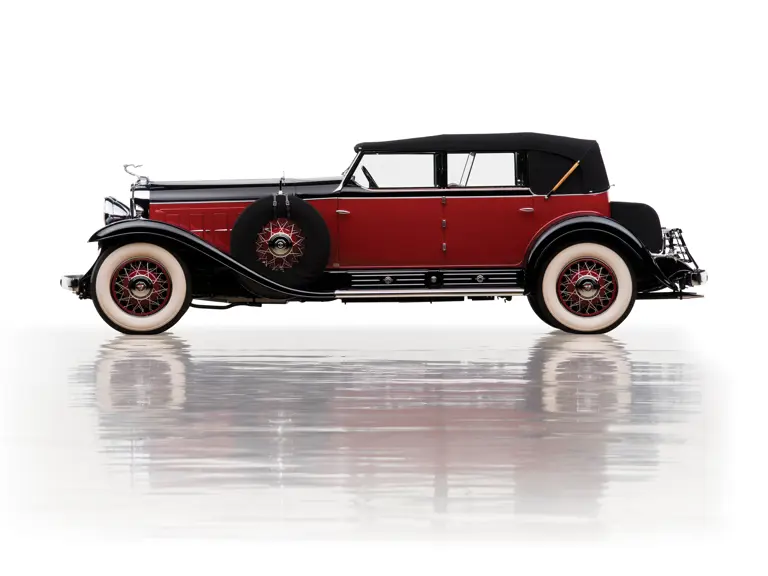
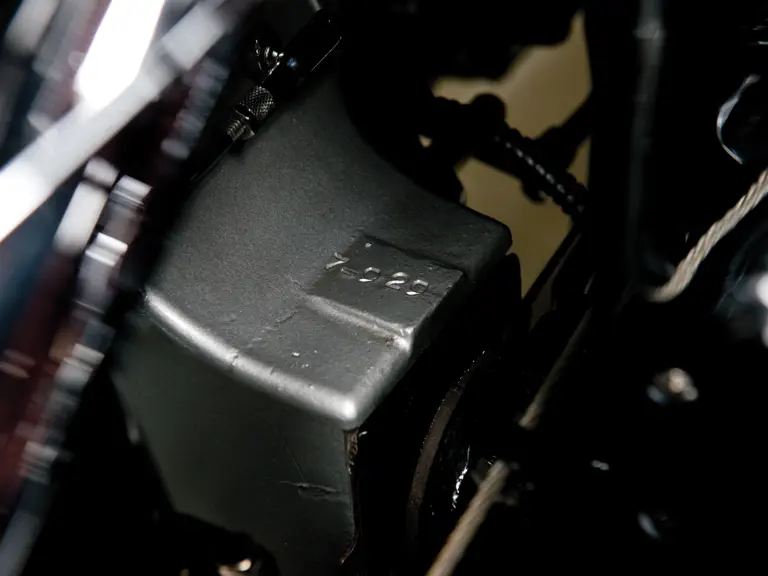
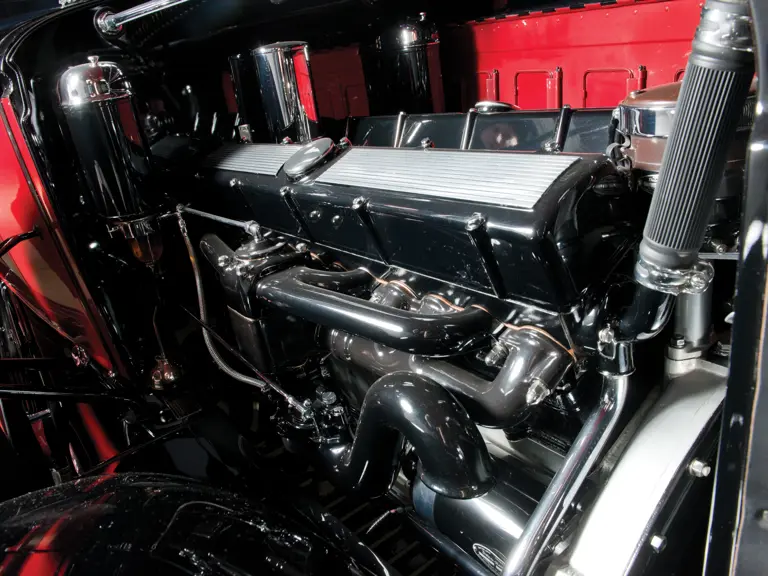
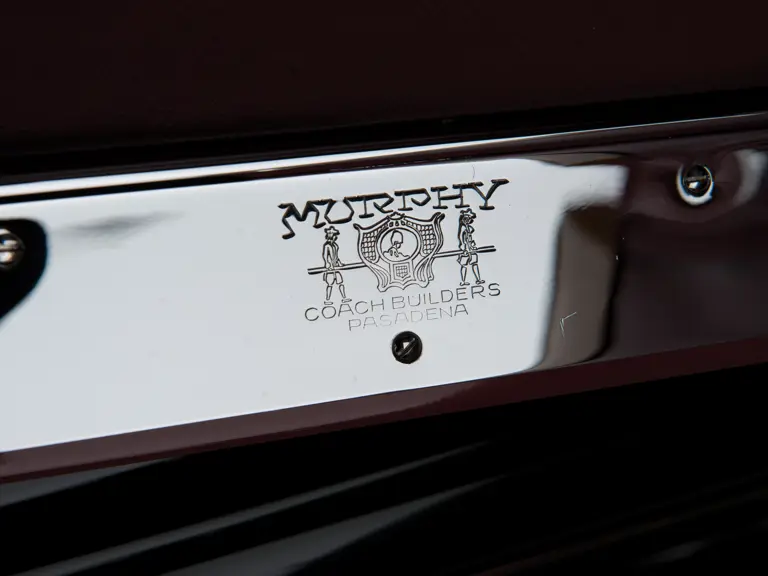
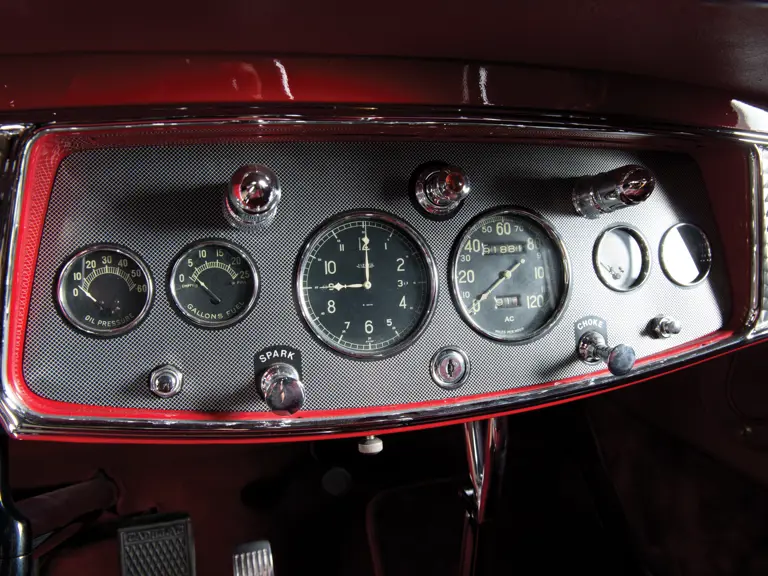
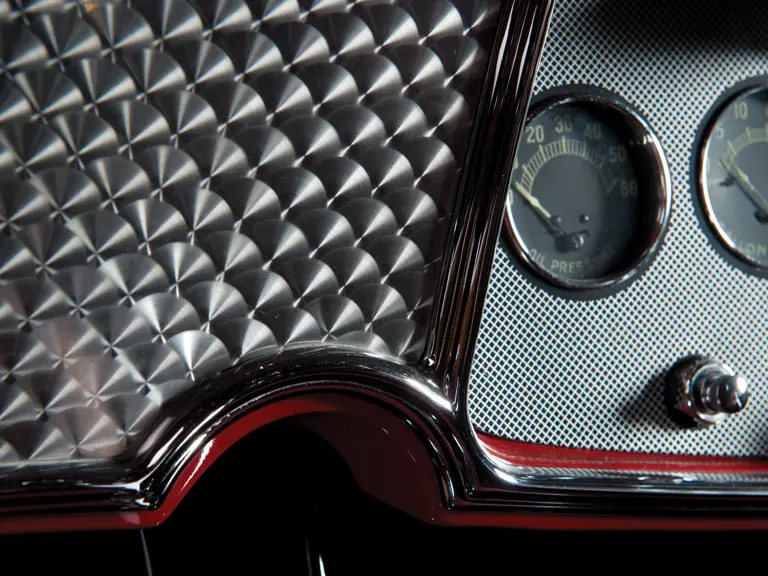
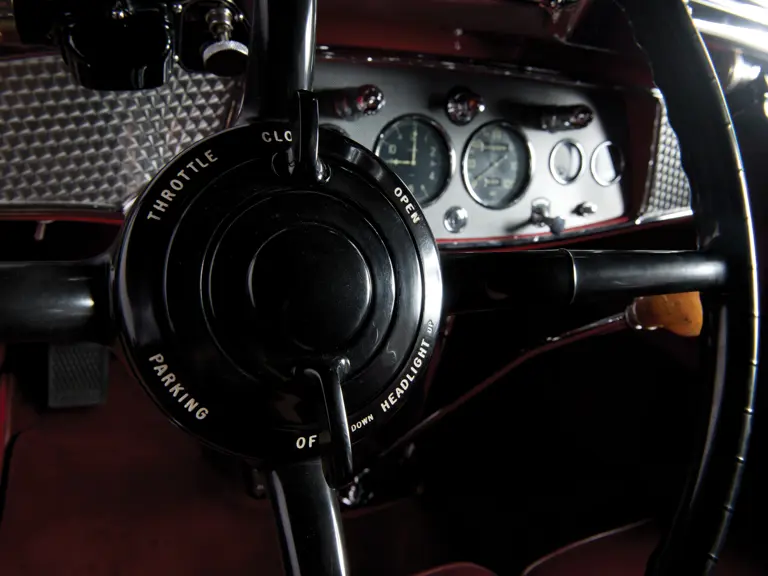

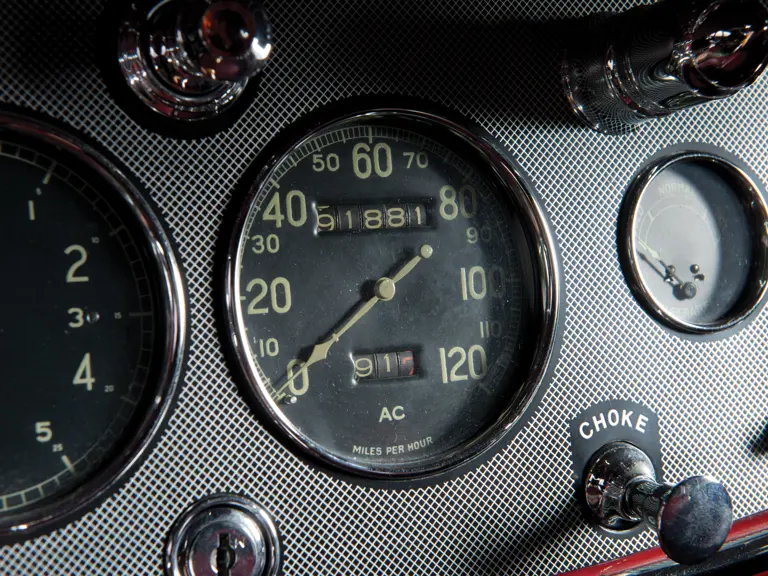

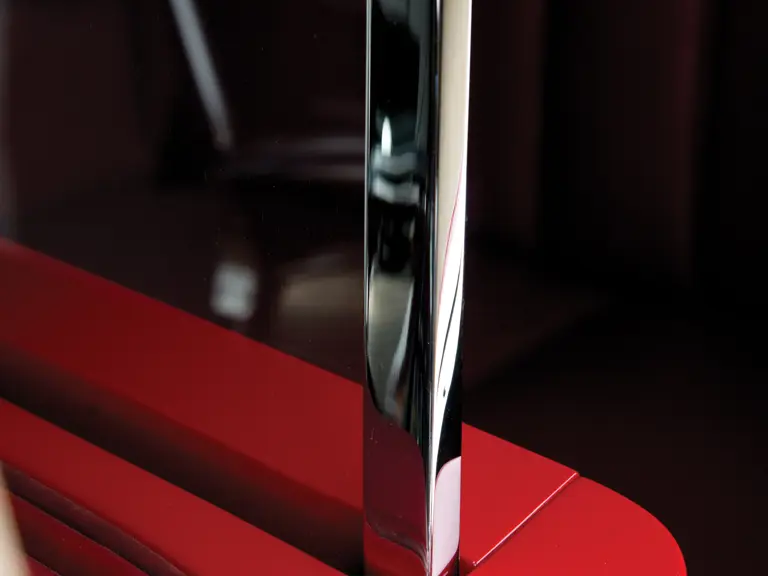


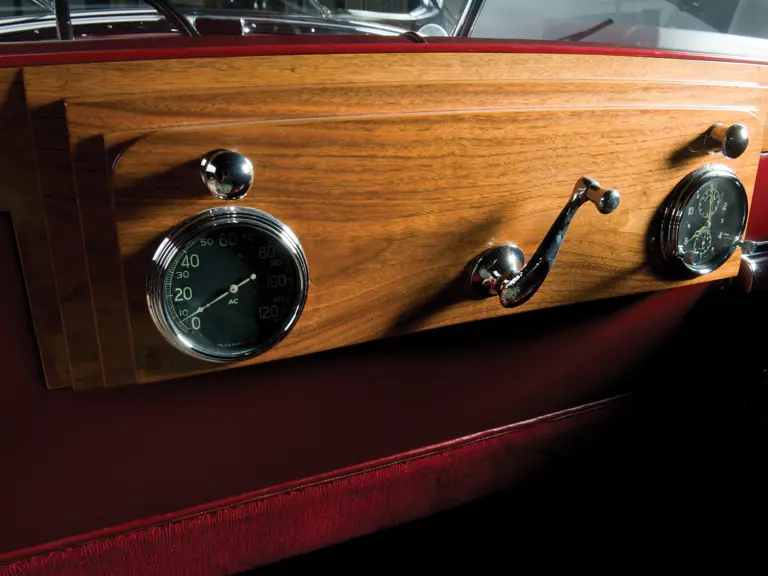
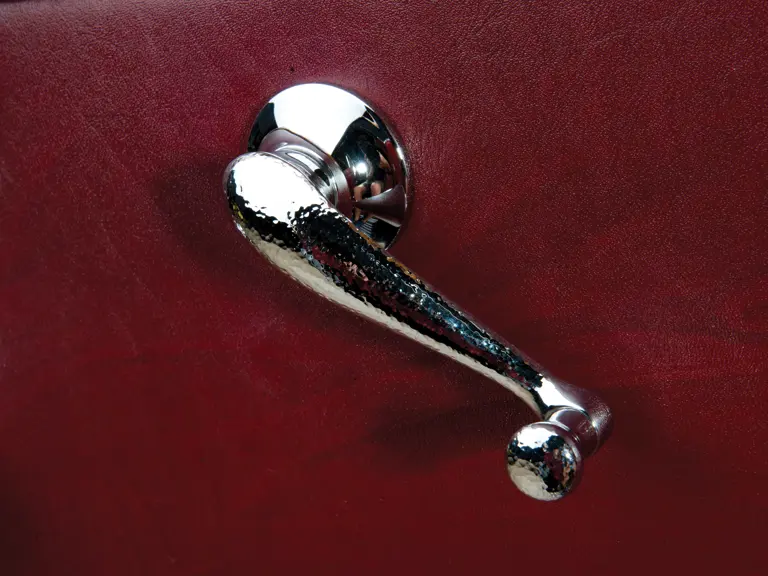
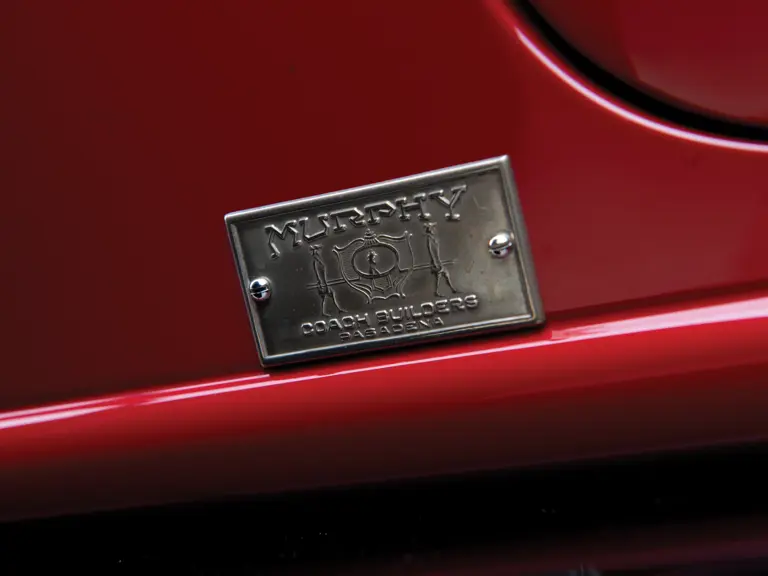
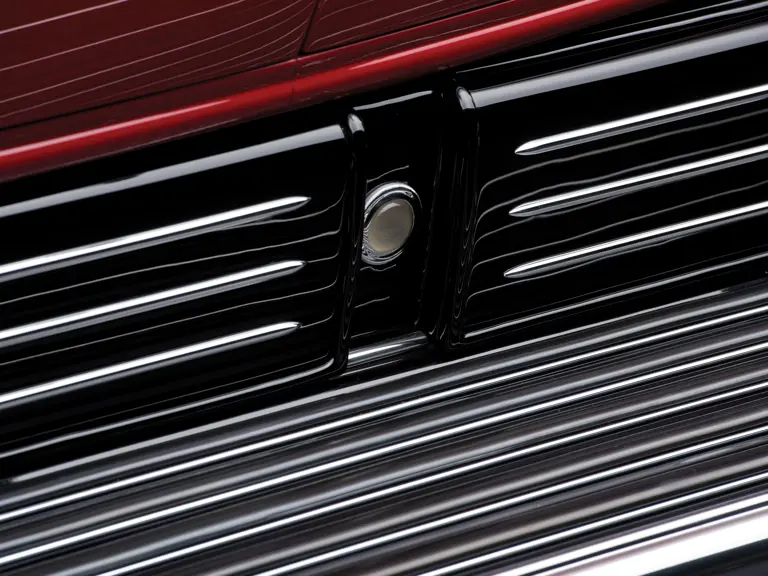
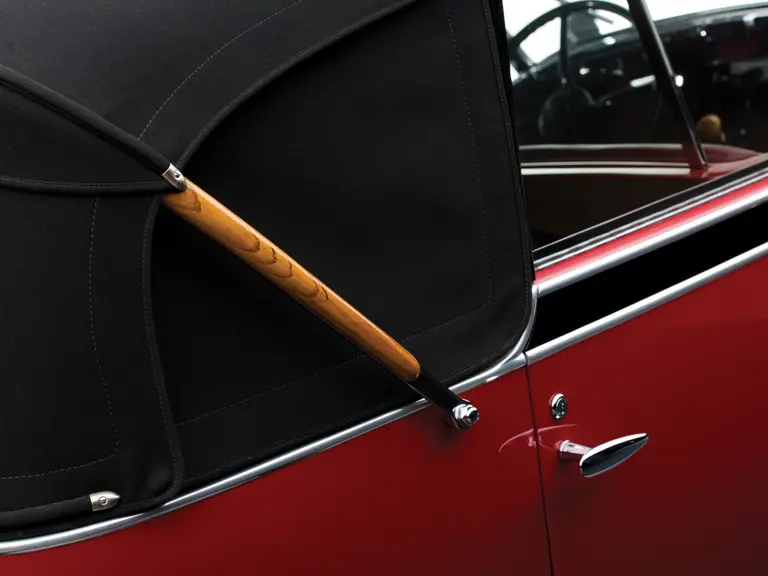
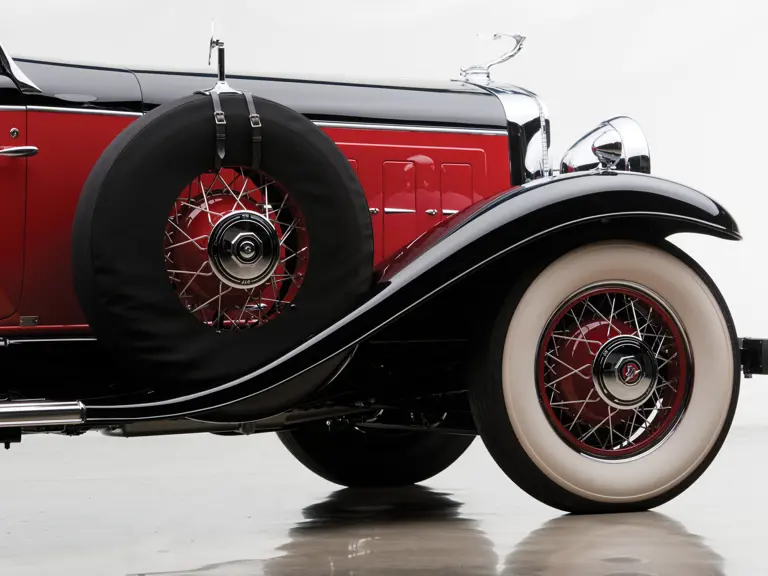
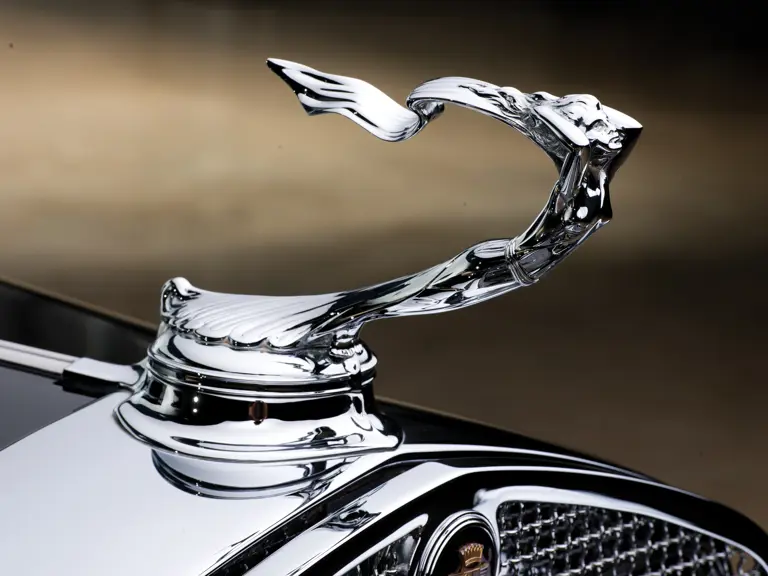



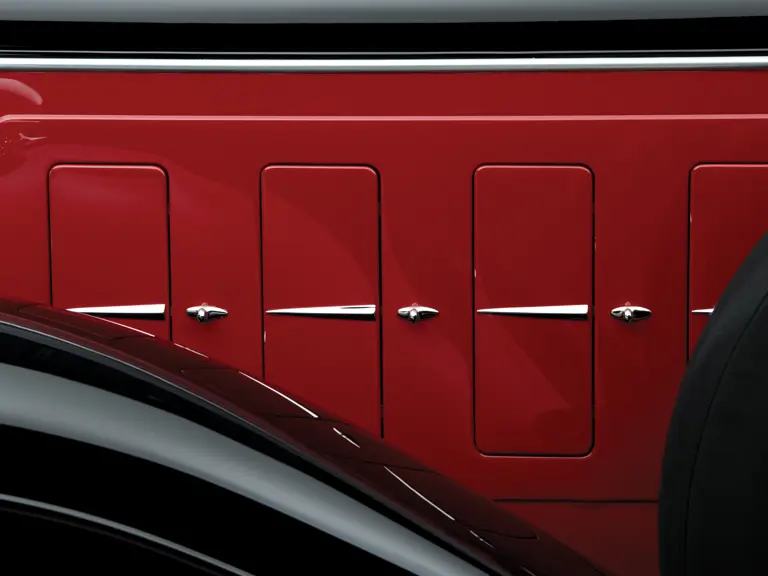
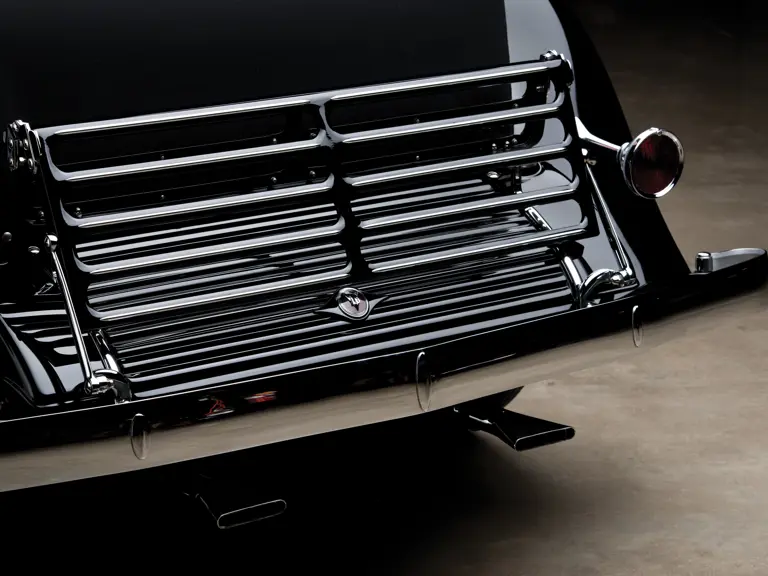
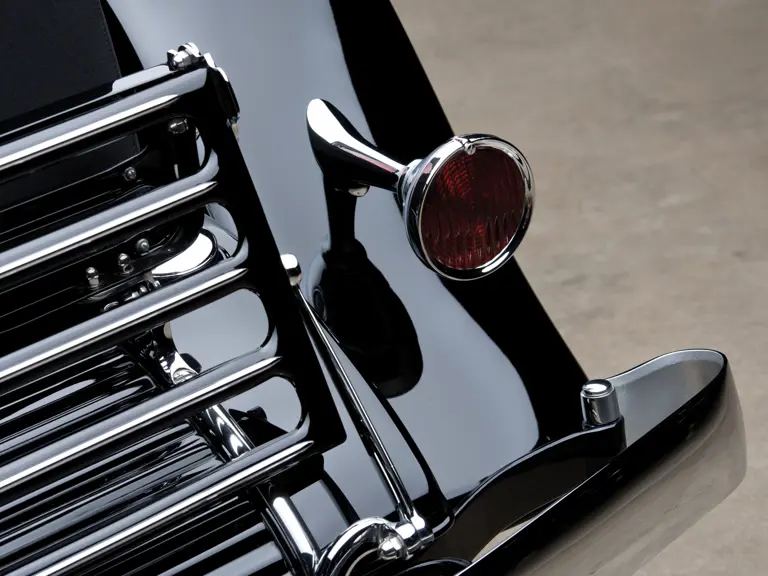
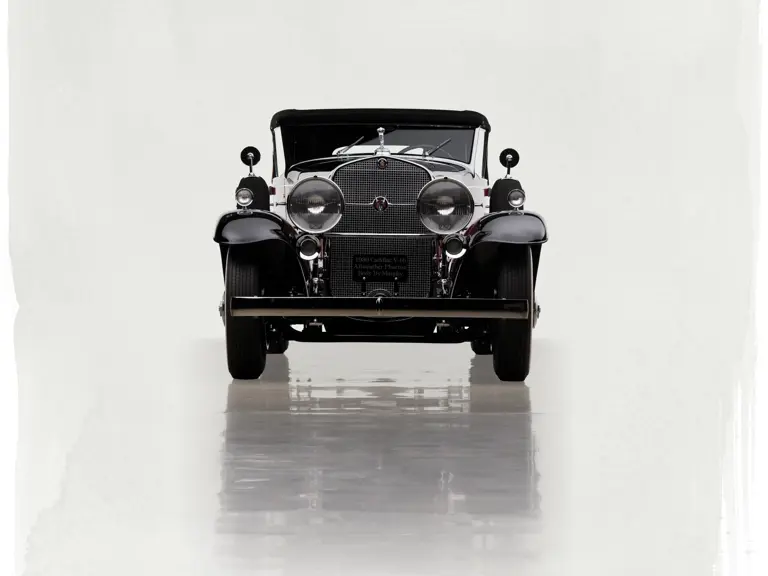
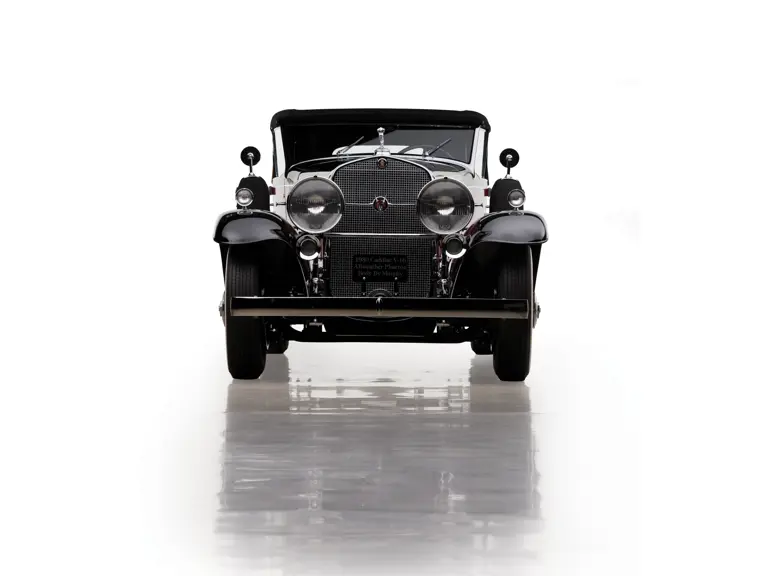
 | Fort Worth, Texas
| Fort Worth, Texas
